The world of big cats is both mesmerizing and mysterious, capturing the fascination of many who marvel at their beauty and power. But beyond their sleek coats and piercing eyes lies a complex relationship with their prey that is often overlooked. This connection is not just about survival, but also about a delicate balance in nature. Let’s dive into this intriguing world and uncover the surprising links between big cats and their prey.
The Role of Big Cats in the Ecosystem
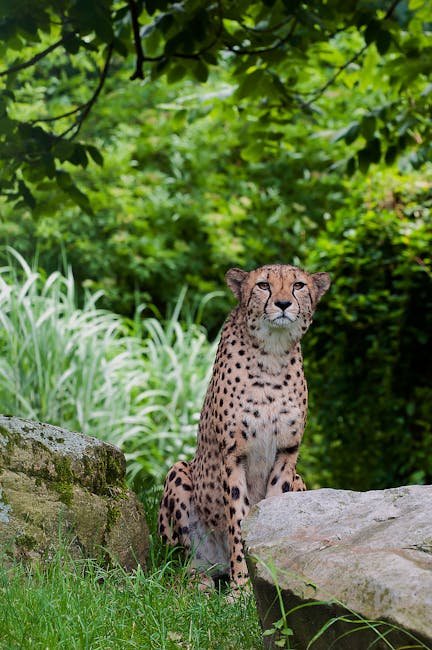
Big cats, such as lions, tigers, and leopards, play a pivotal role in maintaining the health of ecosystems. By preying on herbivores, they help control the population, ensuring that vegetation is not overgrazed. This balance is crucial for the survival of various plant species, which in turn supports other wildlife. Without big cats, ecosystems could become unbalanced, leading to a domino effect of negative impacts on the environment.
The Hunter’s Strategy
Big cats are master strategists when it comes to hunting. They often rely on stealth and surprise, using their environment to their advantage. For instance, a leopard might use the dense foliage of a forest to sneak up on its prey, while a cheetah relies on its incredible speed in open savannas. Each species has evolved unique hunting techniques tailored to their habitats, showcasing the diversity and adaptability of big cats.
The Art of Camouflage
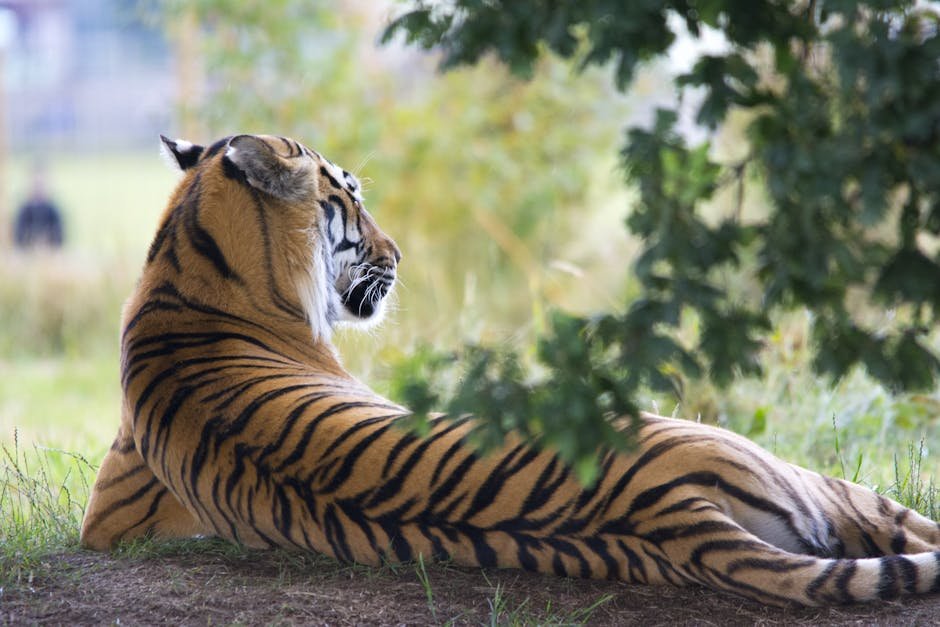
Camouflage is a vital tool for big cats in their pursuit of prey. The patterns on their coats, such as the stripes of a tiger or the spots of a jaguar, help them blend into their surroundings. This natural disguise allows them to get closer to unsuspecting prey without being detected. It’s a fascinating example of how evolution has shaped these magnificent creatures to be efficient hunters.
Prey Selection: A Matter of Choice
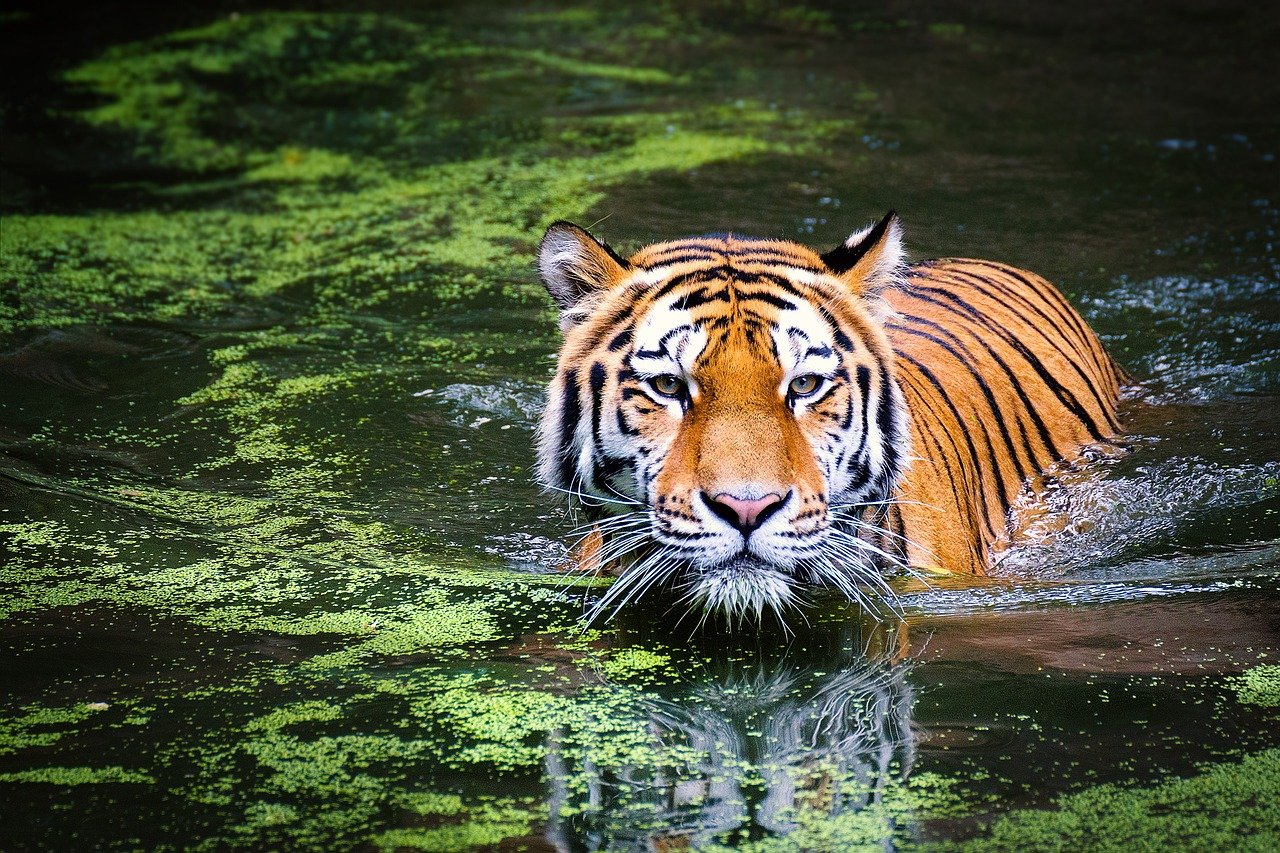
Not all prey is chosen equally by big cats. Factors like size, age, and health play a significant role in their selection process. A lion might target a weak or injured buffalo, while a leopard might choose a smaller antelope. This selective hunting ensures that the fittest individuals survive, contributing to the overall health and vitality of prey populations. It’s a natural form of quality control in the wild.
The Chase: A Test of Endurance
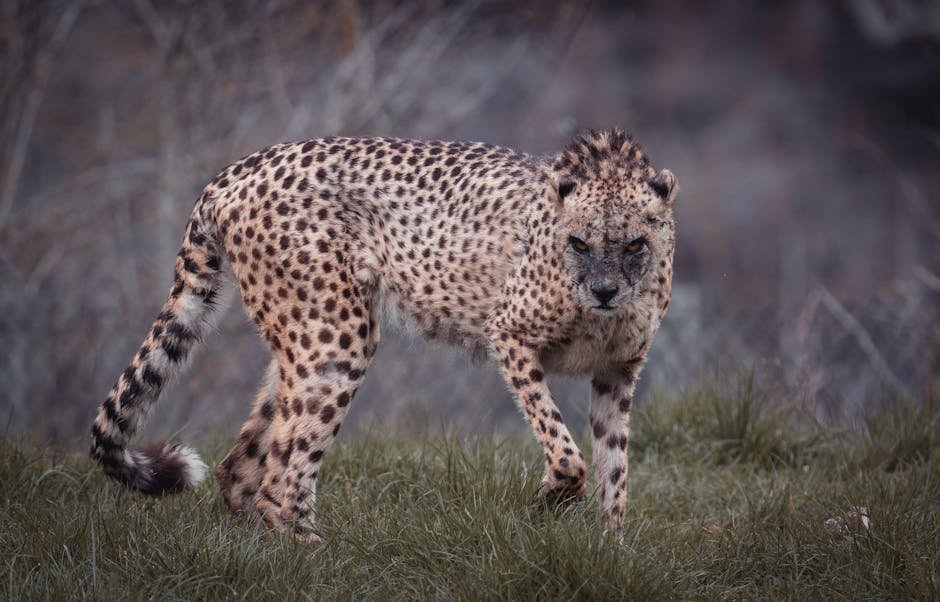
The chase between a big cat and its prey is a dramatic and intense spectacle. It’s a test of endurance, speed, and agility for both predator and prey. A cheetah sprinting after a gazelle is a breathtaking example of nature’s athleticism. However, not every chase ends in a kill. Many prey animals have developed their own strategies to evade capture, highlighting the ongoing evolutionary arms race between predator and prey.
The Role of Scent and Sound
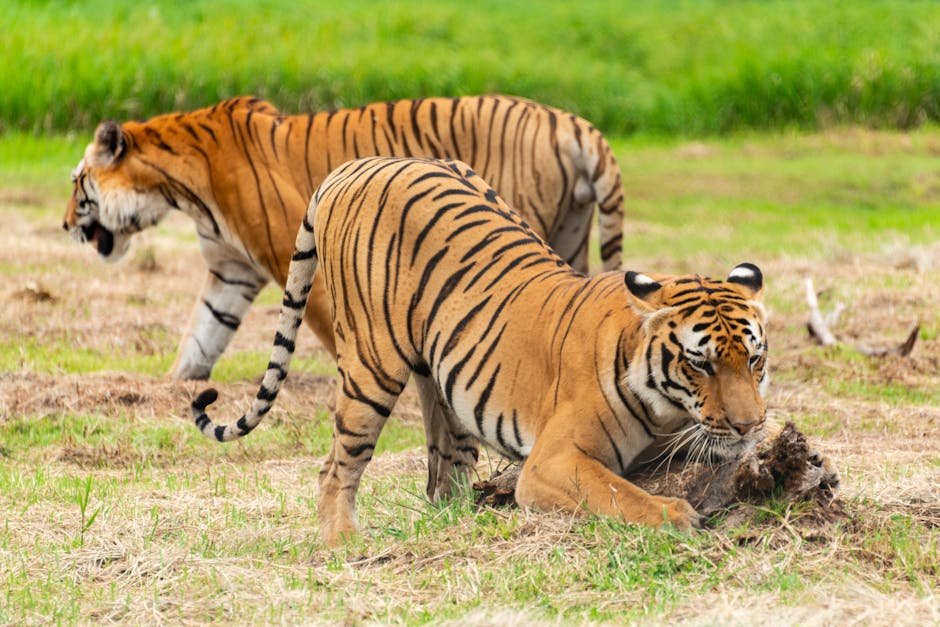
Scent and sound play critical roles in the hunting process for big cats. A tiger might rely on its keen sense of smell to track down a deer, while a lion uses its acute hearing to detect the rustling of grass. These sensory adaptations are crucial for success in the wild, allowing big cats to locate and stalk their prey even in challenging conditions.
Teamwork Among the Pride

Lions are unique among big cats for their social structure and cooperative hunting techniques. A pride of lions will work together to encircle and take down larger prey, such as a wildebeest or buffalo. This teamwork increases their chances of a successful hunt and ensures that all members, including cubs, have enough food. It’s a remarkable display of social intelligence and coordination in the animal kingdom.
The Impact of Human Encroachment
Human activities have significantly affected the relationship between big cats and their prey. Deforestation, habitat loss, and hunting have reduced the availability of prey for big cats, forcing them to venture closer to human settlements in search of food. This often leads to conflict and endangers both humans and big cats. Conservation efforts are essential to protect these majestic creatures and preserve the delicate balance they maintain in their ecosystems.
The Role of Big Cats in Culture
Throughout history, big cats have held a special place in human culture. They are often seen as symbols of strength, courage, and mystery. From ancient myths to modern literature, big cats have been revered and feared in equal measure. This cultural significance highlights the deep connection between humans and these majestic predators, underscoring the importance of preserving their natural habitats for future generations.
The Importance of Conservation Efforts
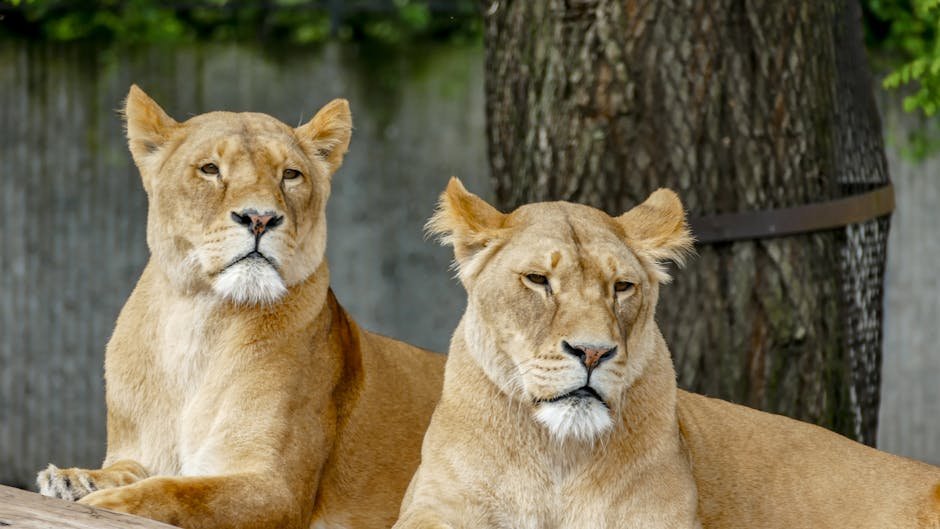
Conservation efforts are crucial to ensuring the survival of big cats and their prey. Organizations around the world are working tirelessly to protect habitats, combat poaching, and educate communities about the importance of preserving wildlife. By supporting these initiatives, we can help maintain the intricate balance of nature and ensure that future generations can witness the beauty and power of big cats in the wild.
The Future of Big Cats

The future of big cats is uncertain, but there is hope. With increased awareness and conservation efforts, it’s possible to create a world where big cats and humans coexist peacefully. By understanding the vital role these predators play in ecosystems, we can work towards a sustainable future that benefits both wildlife and people. It’s a challenging journey, but one that is essential for the health of our planet.
The Intricate Dance of Predator and Prey
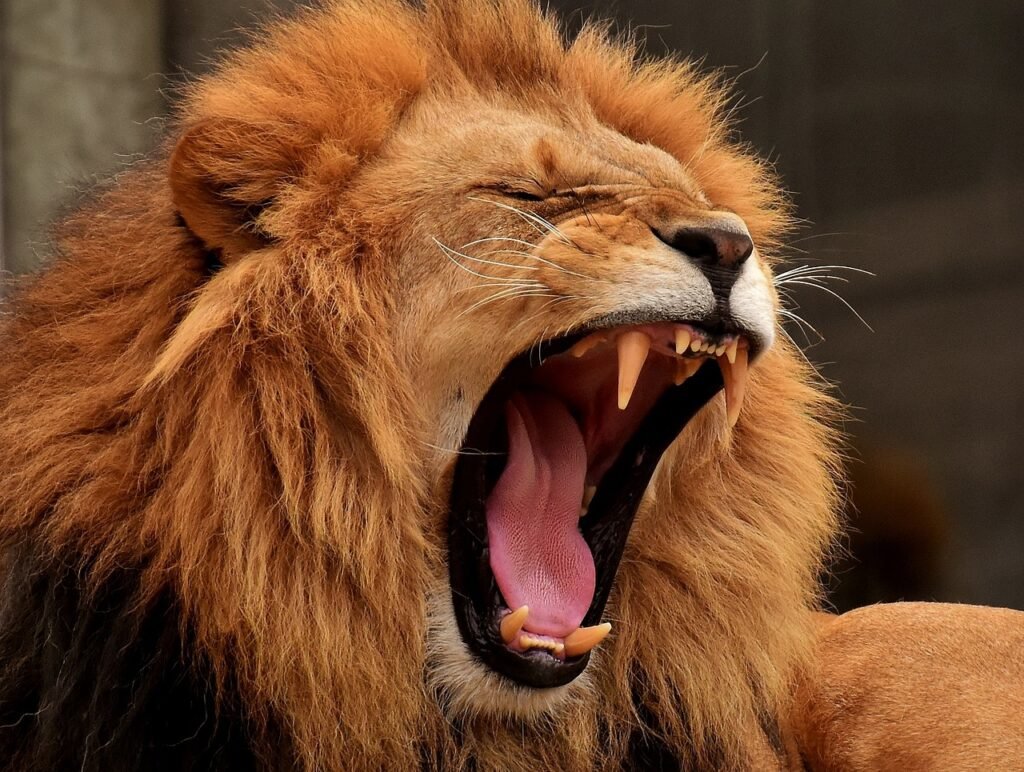
The relationship between big cats and their prey is like a complex dance, with both parties playing crucial roles. This dance is not just about survival, but also about the evolution of species, the balance of ecosystems, and the beauty of nature. It’s a testament to the resilience and adaptability of life on Earth, reminding us of the delicate threads that connect all living beings.
The Balance of Nature

Nature is a delicate balance, and big cats are a key part of that equilibrium. By controlling prey populations, they help maintain the health of ecosystems and support biodiversity. This balance is essential for the survival of countless species, highlighting the interconnectedness of life on our planet. Protecting big cats means protecting the intricate web of life that sustains us all.
The Role of Technology in Conservation
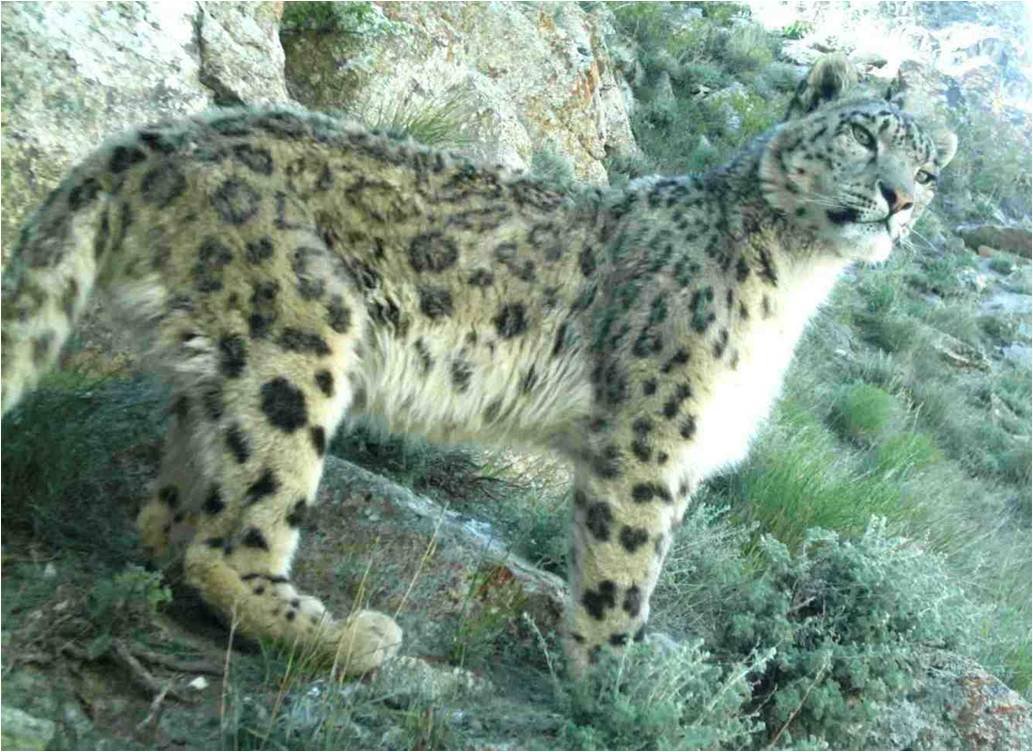
Technology is playing an increasingly important role in the conservation of big cats. From satellite tracking to camera traps, modern tools are helping researchers gather valuable data about these elusive predators. This information is crucial for developing effective conservation strategies and understanding the complex relationships between big cats and their prey. By leveraging technology, we can make significant strides in protecting these iconic animals.
The Importance of Education

Education is a powerful tool for promoting conservation and fostering a deeper understanding of big cats and their prey. By teaching people about the vital role these predators play in ecosystems, we can inspire a new generation of wildlife advocates. Schools, museums, and nature centers are all playing a part in raising awareness and encouraging people to take action to protect big cats and their habitats.
The Beauty of Big Cats

The beauty of big cats is undeniable, with their graceful movements and striking appearances captivating our imaginations. From the majestic lion to the elusive snow leopard, each species is a marvel of nature. This beauty is a reminder of the incredible diversity of life on Earth and the importance of preserving it for future generations to enjoy.
The Role of Big Cats in Tourism
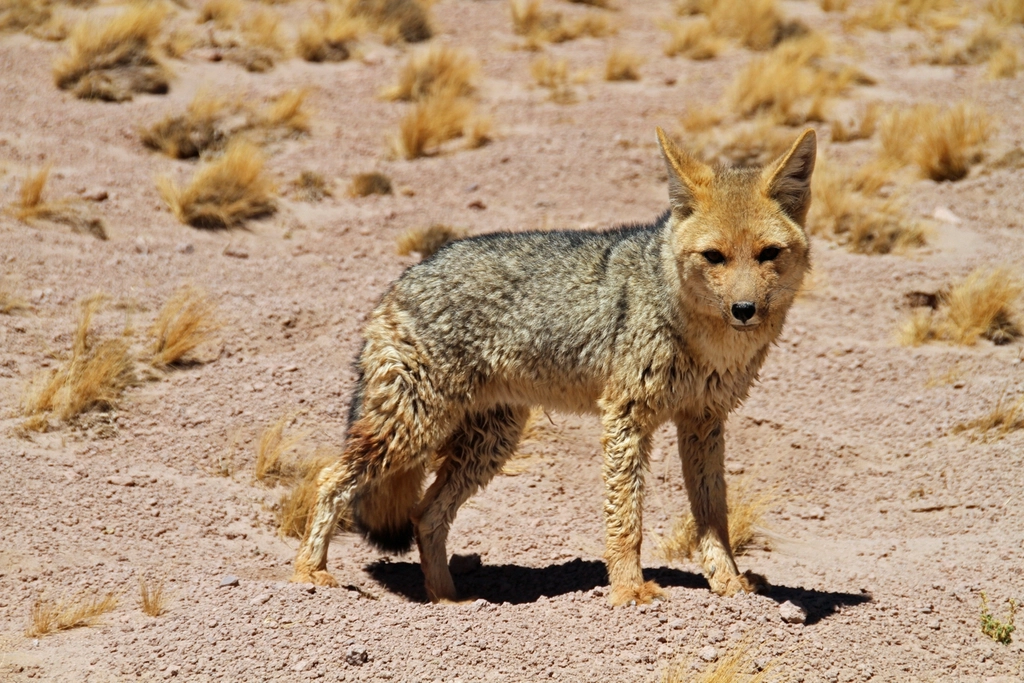
Big cats are a major draw for wildlife tourism, attracting visitors from around the world to see these magnificent creatures in their natural habitats. This tourism can provide vital funding for conservation efforts, supporting local communities and protecting habitats. By promoting responsible tourism, we can ensure that big cats continue to thrive and contribute to the well-being of people and wildlife alike.
The Connection Between Big Cats and Humans
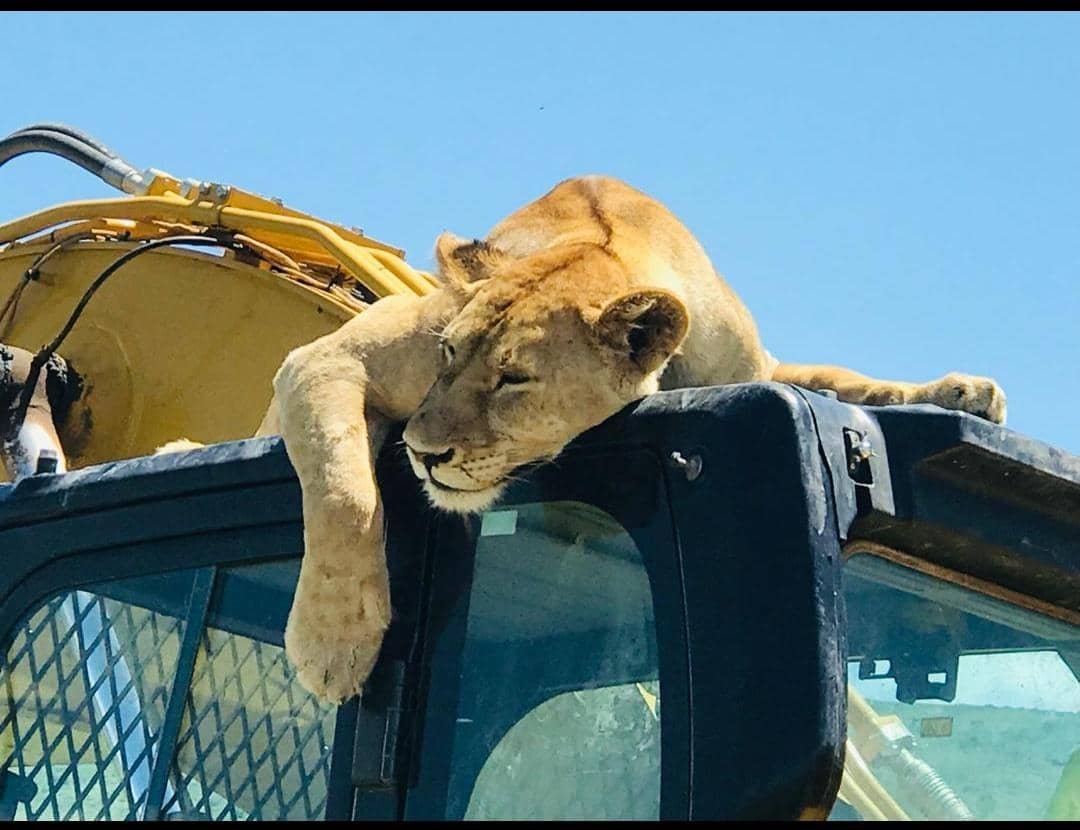
The connection between big cats and humans is a complex and multifaceted one. These predators have inspired awe and fear throughout history, influencing our art, culture, and mythology. By understanding and respecting these creatures, we can foster a harmonious relationship that benefits both humans and big cats. It’s a relationship that requires understanding, empathy, and a commitment to conservation.
The Legacy of Big Cats
The legacy of big cats is one of strength, beauty, and resilience. These iconic predators have survived for millions of years, adapting to changing environments and evolving alongside their prey. As we look to the future, it’s essential to honor this legacy by protecting big cats and their habitats. By doing so, we can ensure that these magnificent creatures continue to roam the wild, inspiring generations to come.
Hi, I’m Bola, a passionate writer and creative strategist with a knack for crafting compelling content that educates, inspires, and connects. Over the years, I’ve honed my skills across various writing fields, including content creation, copywriting, online course development, and video scriptwriting.
When I’m not at my desk, you’ll find me exploring new ideas, reading books, or brainstorming creative ways to solve challenges. I believe that words have the power to transform, and I’m here to help you leverage that power for success.
Thanks for stopping by, Keep coming to this website to checkout new articles form me. You’d always love it!





